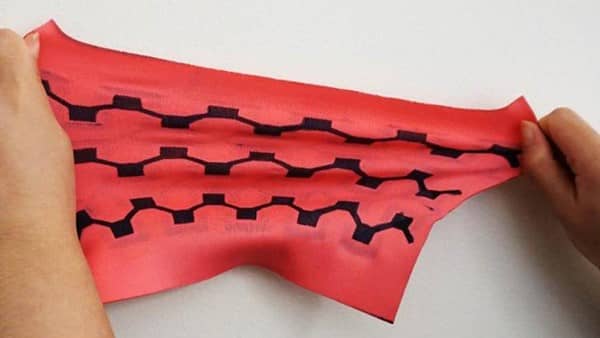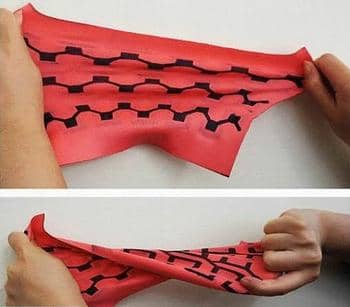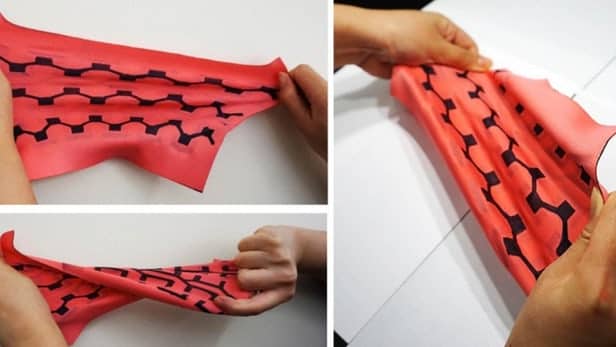Seokheun Choi, an Electrical Engineer, has woven his innovative bacteria-powered batteries into a flexible and stretchable fabric that might one day be able to power wearable electronics by human sweat using our own bacteria. These batteries make use of microbial fuel cells (MFCs). These cells use bacteria to trigger oxidation/reduction reactions.
This results in swapping of electrons between molecules generating electricity. He has used dirt tap water and saliva for previous experiments and is now moving to human sweat.
“Among many flexible and integrative textile-based batteries and energy storage devices, MFCs are arguably the most underdeveloped for wearable electronic applications because microbial cytotoxicity may pose health concerns,” Choi told New Atlas. “In the literature, reported work on the wearable MFCs was either unavailable or quite limited. However, if we consider that humans possess more bacterial cells than human cells in their bodies (3.8×1013 compared to 3.0×1013), the direct use of bacterial cells as a power resource interdependently with the human body is conceivable for wearable electronics.”

The electrical engineer experimented by building MFCs into a twistable, stretchable batteries that use the bacterium “Pseudomonas aeruginosa” as a catalyst. The fabric batteries have a maximum power output of 6.4 µW cm-square. This is similar to hide other flexible, paper-based MFCs. It retains its performance and stability even after being bent out of shape a number of times.
While explaining his design further, Choi says, “All my previous experiences and technologies on paper-based bio-batteries have been leveraged to develop for the first time an entirely textile-based bio-battery. All battery components were monolithically incorporated into a single sheet of fabric by precisely controlling the depth of each component. The structure consisted of the anode and cathode placed in a single reaction chamber with no separating membrane. The anodic chamber was specifically engineered to be conductive and hydrophilic for electricity harvesting from bacterial cells in liquid, while the cathode used the silver oxide and silver redox couple as a solid-state material for textile-based electronics.”

The fabric batteries could revolutionize wearable devices and could open so many new avenues for self-heating and self-cooling garments as well. We will know more once Choi has perfected his design and these batteries are used more commonly.


